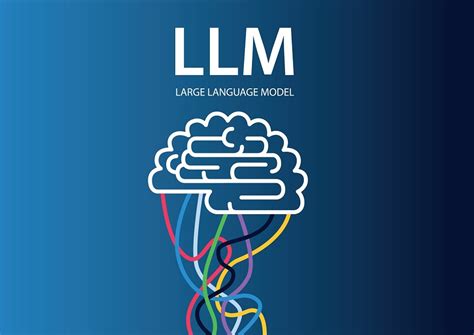In the rapidly evolving landscape of artificial intelligence, large language models (LLMs) have captivated the tech community, offering unprecedented capabilities and stirring debates on their practical limits and ethical implications. This in-depth look encapsulates the hard-won insights from a year of hands-on experience with LLMs, shared by developers and AI enthusiasts alike. This journey, chronicled over a series of articles and communal discussions, provides a balanced view of the potential and pitfalls that come with integrating LLMs into real-world applications.
One of the recurring themes in the discussions is the paramount importance of breaking down complex tasks into simpler, more manageable subtasks. This approach is not only an effective way to enhance the reliability of outputs but also reflects a sound engineering principle. As Ted Sanders, an OpenAI employee, emphasized in the feedback, tasks that require an understanding of the ‘big picture’ might benefit from a single API call embedding all context. However, for tasks that can be decomposed into discrete steps, using custom prompts for each step is more efficient and reliable. Sanders argues that ‘3 steps with 99% reliability are better than 1 step with 90% reliability,’ highlighting the merit of modular and incremental approaches in large-scale deployments.
The discourse around knowledge graphs (KGs) also emerged as a key element in optimizing LLM performance. Bryan Bischof, one of the article’s authors, pointed out that KGs enhance retrieval mechanisms by providing signals about the interconnectedness of documents. This can be particularly transformative for companies dealing with vast amounts of unstructured data. GrafRAG, a recent approach that integrates graphs for augmented retrieval, represents a significant leap forward in this space. The interconnectivity and hierarchical structure of KGs aid not only in effective data retrieval but also in maintaining context and coherence across multiple queries, making the integration of KGs with LLMs a promising endeavor.
While the power of prompts cannot be overstated, there’s a caution against over-relying on monolithic prompts. This practice can lead to the ‘God Object’ anti-pattern, where a single class or function tries to handle too much. As hubraumhugo noted, splitting tasks into multiple agents with specialized functionalities, despite being more error-prone on paper, actually enhances manageability and reduces errors through modular oversight. This point echoes the broader software engineering principle where maintaining simplicity and separation of concerns often leads to more robust and scalable systems.
Moreover, the importance of prompt engineering came up repeatedly. There is a nuanced art to crafting effective prompts that ensure high-quality outputs from LLMs. Several commentators shared their experiences about adjusting temperature settings, regenerating responses, and using interactive testing to iteratively refine prompts. One practical technique mentioned was to sample multiple outputs and use voting mechanisms to choose the best result. This ‘temperature tuning’ and ‘multi-sampling’ help mitigate the randomness inherent in LLMs, ensuring more consistent and accurate results.
Developers also stressed the significance of having robust evaluation metrics and testing frameworks tailored for LLM outputs. SJ Ducb suggested ‘prompt unit tests’ as a potential method to validate the effectiveness of prompts over time. This approach involves writing initial prompts and observing performance as they evolve, akin to how software unit tests are used to catch regressions. Such practices underscore the necessity of continuous monitoring and logging to ensure that LLMs maintain high performance standards, especially as they scale.
Another angle explored was the use of template-based prompts versus free-form responses. While templates can impose reliability and structure, they often make interactions feel less dynamic and more robotic. Striking the right balance between structured constraints and the natural conversational flow of LLMs remains a significant challenge. Some practitioners prefer templates to manage customer interactions more predictably, whereas others advocate for more adaptive approaches that leverage the creative potential of LLMs but with controlled boundaries to prevent unexpected behaviors.
Building applications around LLMs is as much about understanding human language intricacies as it is about managing computational constraints. As surfacingdino pointed out, writing well-structured prompts in English can be a hurdle for many, especially non-native speakers. This brings to light the necessity for tools and educational resources to aid developers in mastering prompt design. Furthermore, the experiences underscore the need for multilingual models to ensure inclusivity and broader applicability of LLMs across different languages and cultural contexts.
In conclusion, this reflective journey of a year with LLMs showcases a blend of optimism and pragmatism. Developers have learned that while LLMs hold tremendous potential, harnessing this potential requires meticulous planning, ongoing experimentation, and a deep understanding of both the technology and the context in which it is deployed. By sharing these hard-won insights, the community not only advances the field but also sets realistic expectations for those beginning their journey with large language models. As the landscape of AI continues to evolve, such collaborative explorations and shared wisdom will be pivotal in navigating the complexities of implementing and scaling LLM technologies effectively.


Leave a Reply